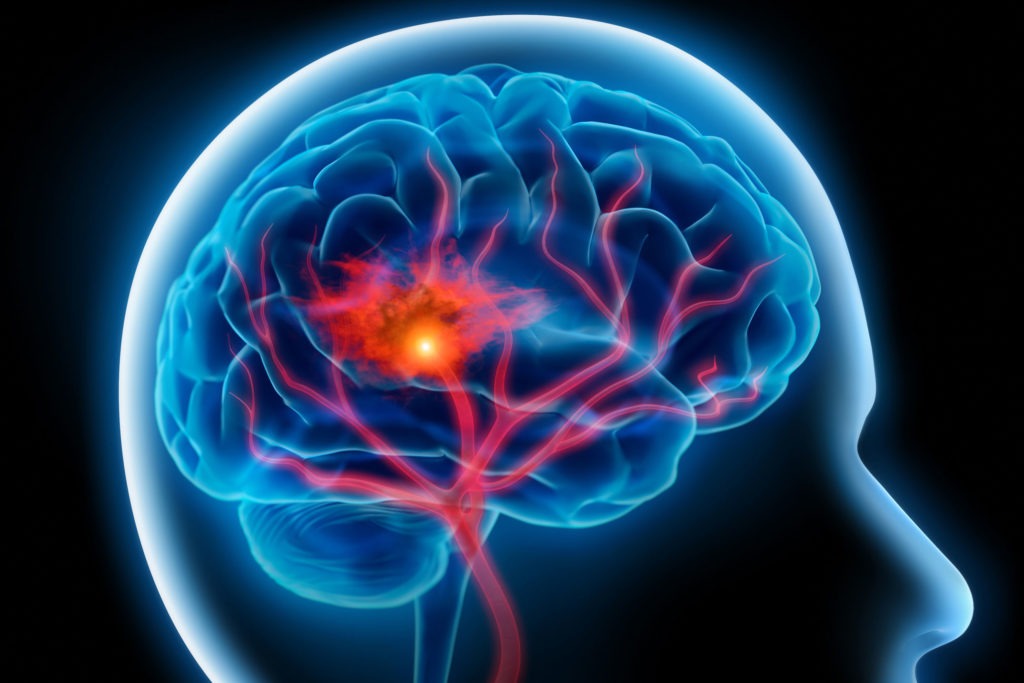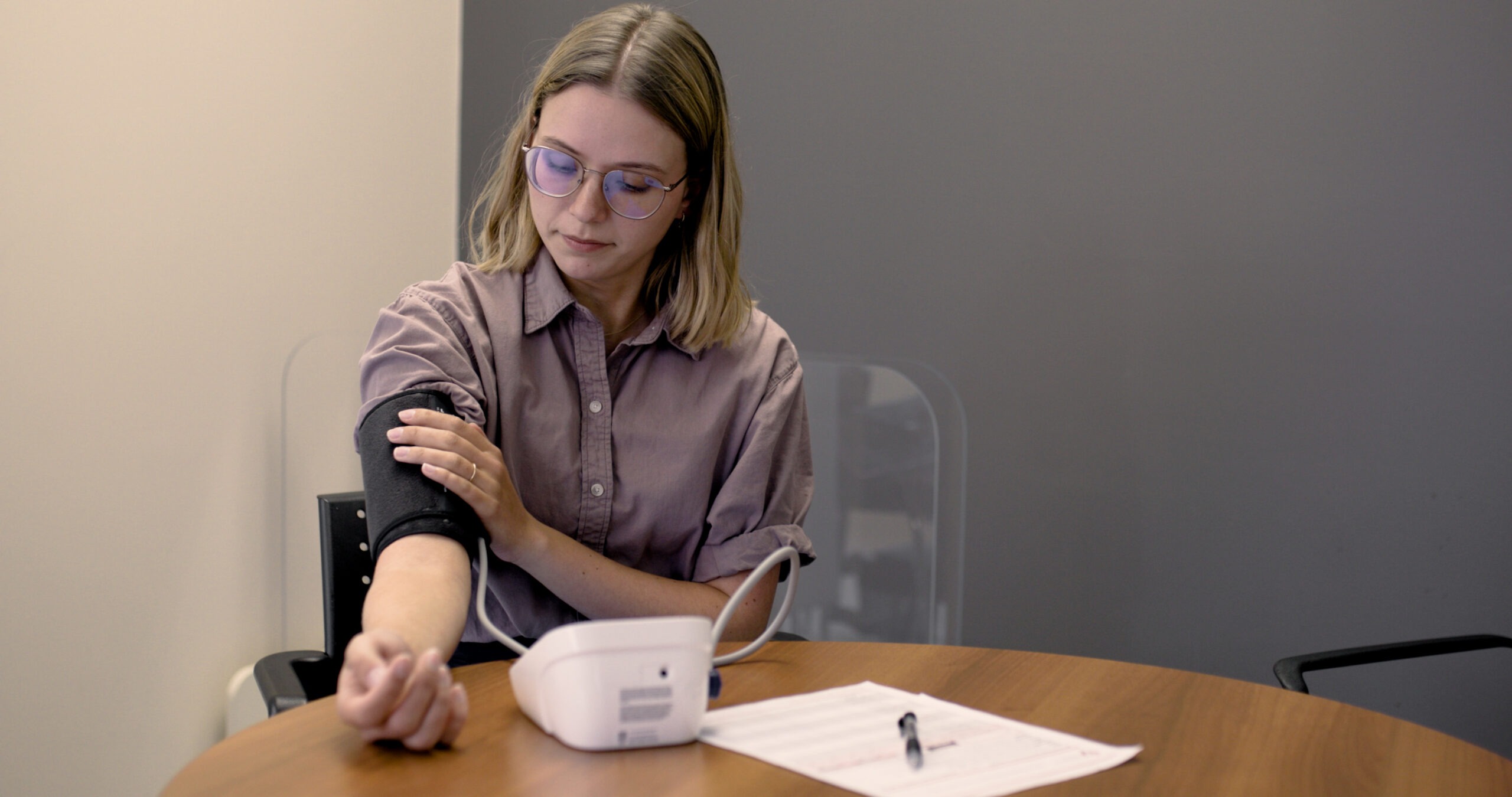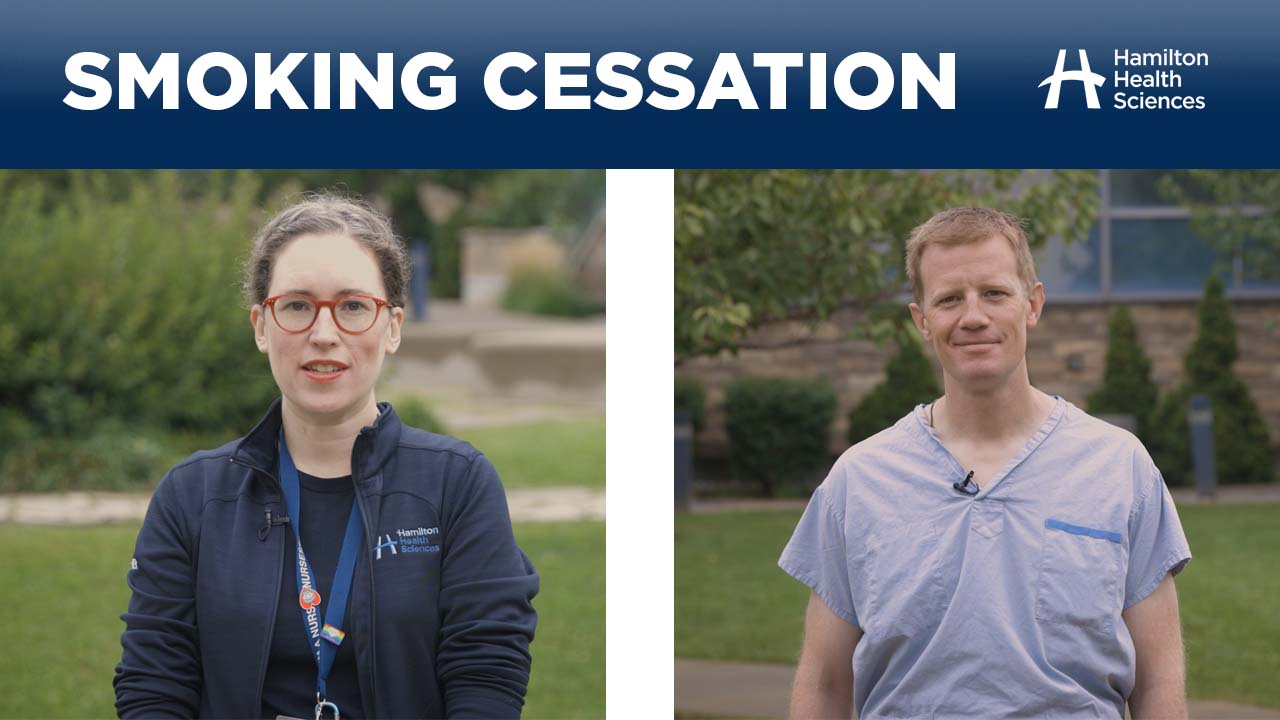
React “FAST” to the signs of stroke
Strokes can happen to anyone, at any age. In Canada, someone has a stroke every nine minutes. A stroke occurs suddenly and, often, without warning.
A stroke happens when there’s a problem with the blood supply to the brain. There are two types of stroke: ischemic and hemorrhagic. An ischemic stroke is caused by the blockage of blood flow to an artery in the brain. A hemorrhagic stroke is caused by the bursting of a blood vessel in the brain. Brain cells can be damaged or die. This damage can have different effects depending on where it happens in the brain.
Stroke signs to look out for
If you think you or someone around you is having a stroke, it’s important to act quickly to improve the chances of recovery. The “FAST” acronym is an easy and memorable way to remember the major signs of stroke.
FAST stands for:
F – FACE – Is it drooping?
A – ARMS – Can you raise them?
S – SPEECH – Is it slurred or jumbled?
T- TIME – Time to call 9-1-1 right away
VIDEO: Dr. James Sahlas, stroke neurologist at Hamilton Health Sciences (HHS), demonstrate the “FAST” signs.
Seek medical attention immediately
Stroke is treatable. Even if stroke symptoms are temporary, it’s crucial to take action and seek immediate medical attention. You may have experienced a temporary blockage of blood flow to the brain called a “transient ischemic attack” (TIA). A TIA is a serious warning sign that a stroke may occur. If you have experienced a TIA, you should be referred to an outpatient stroke prevention clinic for early assessment, education and follow-up in order to prevent a stroke or another TIA.
Recognize the signs of stroke and act quickly by calling 9-1-1. “Time is Brain”: the sooner a stroke can be treated, the better the chances for a good recovery!
Below, hear from members of the Central South Regional Stroke Network in common languages within our communities about the importance of acting “FAST”.
In the Central South Ontario region, HHS’ Hamilton General Hospital is the designated Regional Stroke Centre.


